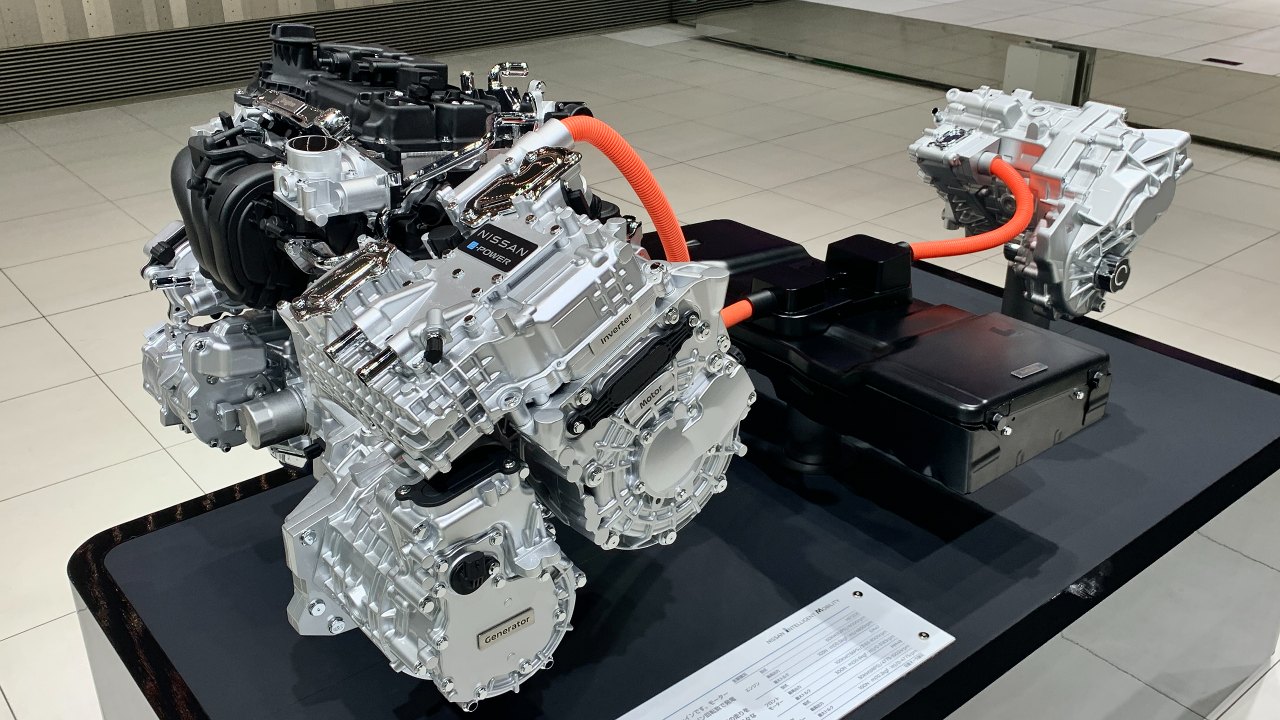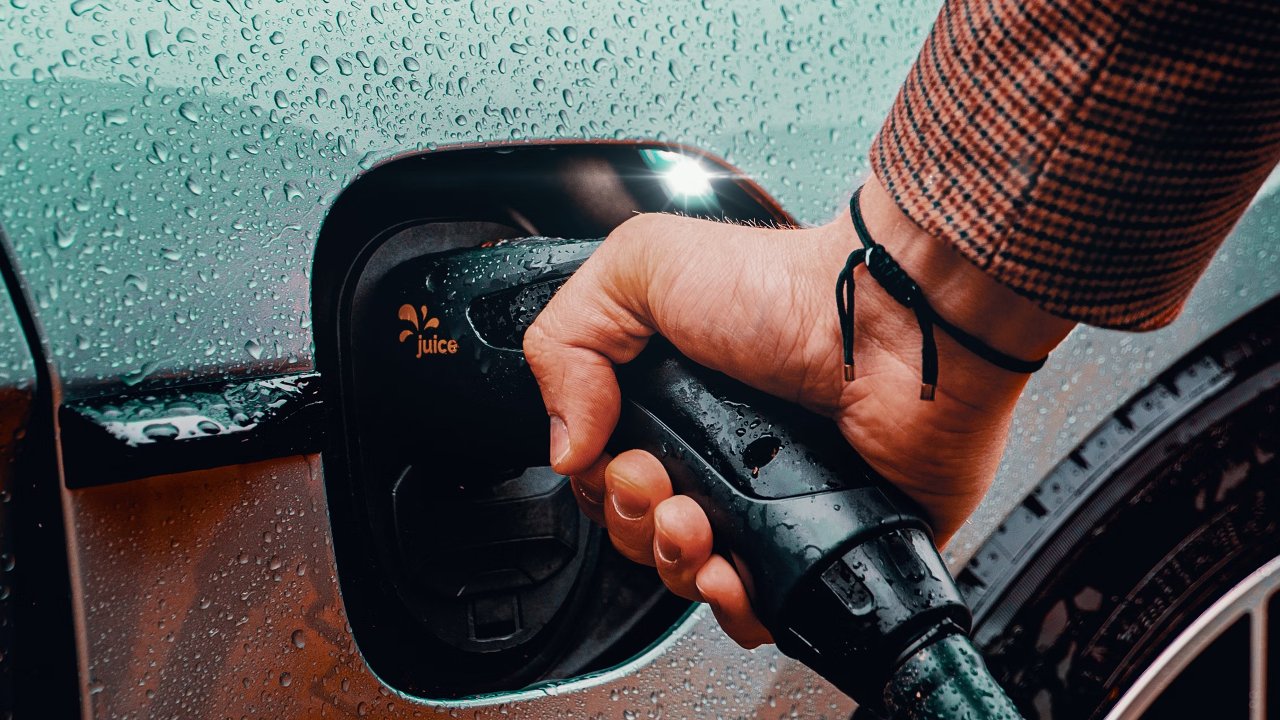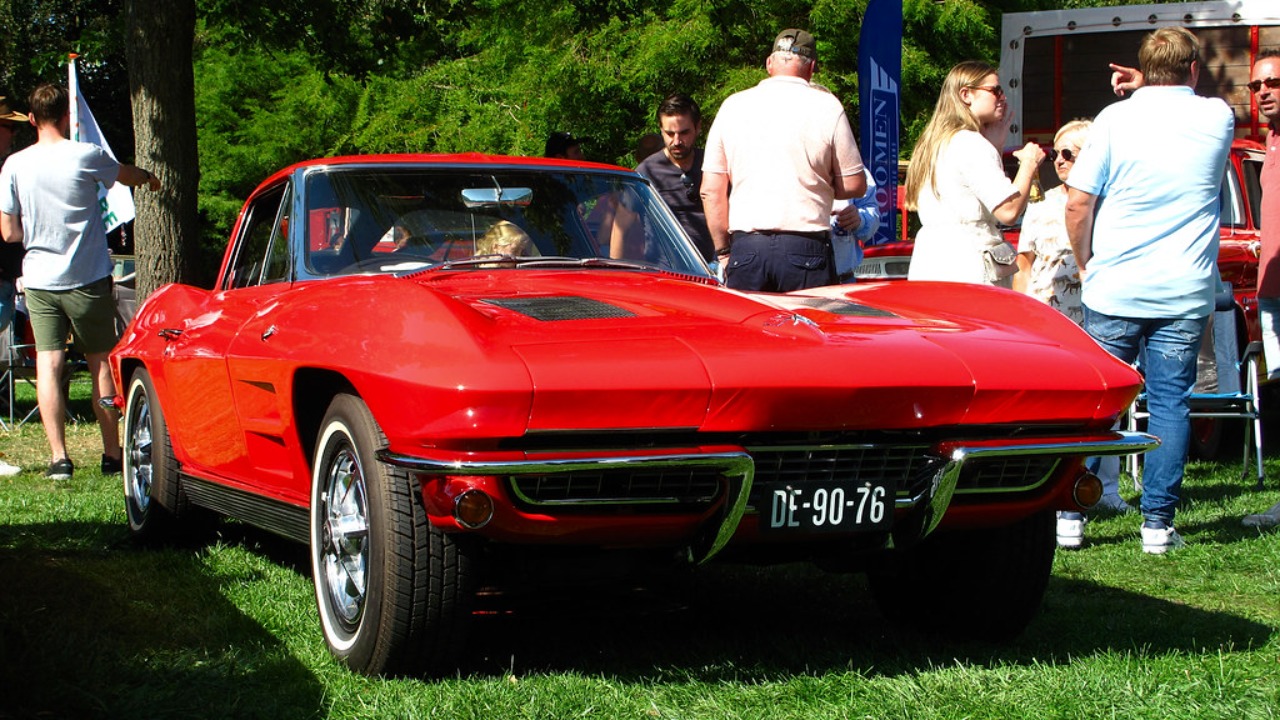Electric vehicles (EVs) are becoming increasingly popular, but one concern that persists among potential buyers is range anxiety. EV range extenders offer a solution by providing additional power when the battery is low, allowing drivers to travel further without the need for frequent recharging. Understanding how these extenders work can help potential EV buyers make informed decisions about their next vehicle purchase.
The Basics of EV Range Extenders
EV range extenders are auxiliary power units designed to generate electricity when the vehicle’s battery is depleted. Their primary purpose is to alleviate range anxiety by extending the driving range beyond what the battery alone can provide. Unlike hybrid systems that use two power sources simultaneously, range extenders activate only when the battery reaches a low charge level, allowing drivers to continue their journey without immediate access to a charging station.
There are several types of range extenders available on the market. Internal combustion engines (ICE) are the most common, using gasoline to produce electricity. Rotary engines, known for their compact size and smooth operation, are another option. Fuel cells, which generate electricity through a chemical reaction between hydrogen and oxygen, offer a cleaner alternative with water vapor as the only byproduct. Each type has its own set of advantages, and the choice often depends on the specific requirements of the vehicle and its intended use.
It’s important to distinguish range extenders from hybrid systems, as they serve different purposes. In hybrid vehicles, the internal combustion engine works in tandem with the electric motor to power the vehicle, often switching between or combining both sources for optimal performance. In contrast, range extenders only activate when the battery needs recharging, ensuring that the electric motor remains the primary source of propulsion.
Technical Aspects of Range Extenders
The power generation process in range extenders involves converting fuel into electricity to recharge the EV’s battery. In the case of an internal combustion range extender, the engine burns gasoline to drive a generator, which then produces electrical energy. This electricity is fed into the battery, allowing the vehicle to continue its journey without interruption. Fuel cell range extenders, on the other hand, use a chemical process to generate electricity, offering a more environmentally friendly option with lower emissions.
Integrating range extenders into an EV’s powertrain requires careful engineering to ensure seamless operation. The vehicle’s management system must efficiently switch between battery power and the range extender, maintaining a balance that maximizes efficiency. This integration often involves sophisticated software algorithms and hardware components that work together to monitor battery levels and activate the range extender as needed, providing a smooth and uninterrupted driving experience.
Efficiency and emissions are critical considerations for any range extender. The efficiency of these devices can vary, with some achieving higher rates than others depending on the technology used. While internal combustion range extenders produce emissions similar to traditional engines, their usage is limited to instances when the battery is low. Fuel cell extenders, however, offer a cleaner alternative with zero tailpipe emissions, aligning with the environmental goals of many EV manufacturers and consumers.
Practical Applications and Use Cases
Range extenders offer distinct advantages in various driving scenarios. In urban environments, where charging stations are more readily available, the need for range extenders may be less pronounced. However, for long-distance travel or in regions with sparse charging infrastructure, range extenders can provide peace of mind and added convenience by reducing the need for frequent charging stops. This flexibility makes them an attractive option for those who frequently travel long distances.
Commercial and fleet vehicles can also benefit significantly from range extenders. Delivery trucks, taxis, and other service vehicles often require extended driving ranges to meet their operational demands. By incorporating range extenders, these vehicles can achieve the necessary range without compromising on efficiency or performance. For instance, the BMW i3 REx model uses a small gasoline engine as a range extender, making it a popular choice among urban delivery fleets due to its extended range capabilities.
Real-world examples of vehicles utilizing range extenders include the Chevrolet Volt, which offers a gasoline-powered range extender to support its electric battery. The Volt’s design allows drivers to travel significant distances without relying solely on electric power, making it a practical choice for those concerned about range limitations. Similarly, the Mazda MX-30 is set to introduce a rotary engine as a range extender, highlighting the versatility and adaptability of this technology in modern EVs.

Challenges and Considerations
While range extenders offer clear benefits, they also come with certain challenges and considerations. One of the primary concerns is cost. The addition of a range extender can increase the initial purchase price of an EV, potentially deterring cost-conscious buyers. However, the potential savings in fuel and reduced dependency on charging infrastructure can offset these costs over time, making them a financially viable option for many drivers.
Maintenance and reliability are other important factors to consider. Range extenders, particularly those using internal combustion engines, require regular maintenance similar to traditional vehicles. This includes oil changes, filter replacements, and other routine services. However, advancements in technology are continually improving the reliability and longevity of range extenders, reducing the frequency and cost of maintenance.
Future developments in range extender technology show promise for further enhancing their appeal. Innovations in fuel cell technology, for example, could lead to more efficient and environmentally friendly options. Moreover, as battery technology advances, the need for range extenders may diminish, but they will likely continue to play a role in specific use cases where extended range is critical.
The Future of Range Extenders in the EV Market
Technological innovations are poised to enhance the effectiveness of range extenders significantly. Advances in battery technology, such as solid-state batteries, promise longer ranges and faster charging times, which could reduce the reliance on range extenders. However, for the foreseeable future, range extenders will remain an important feature for drivers who require extended range capabilities beyond what current batteries offer.
Policy and regulation also play a crucial role in the development and adoption of range extenders. Government incentives for low-emission vehicles and stricter emissions standards could drive innovation in cleaner range extender technologies, such as fuel cells. These policies may encourage manufacturers to invest in research and development, leading to more efficient and environmentally friendly solutions.
Consumer perceptions and adoption of range extenders are evolving as more drivers become familiar with their benefits. As range anxiety continues to be a concern, especially in areas with limited charging infrastructure, range extenders offer a viable solution. As public awareness grows and technology advances, range extenders are likely to see increased adoption, providing drivers with the flexibility and confidence to embrace electric mobility fully.
More from Fast Lane Only:
- Unboxing the WWII Jeep in a Crate
- The Fastest Farm Truck Ever Built
- 10 Old Trucks That Were Built Like Tanks
- 12 Classic muscle cars still within reach for budget buyers
*Created with AI assistance and editor review.







Leave a Reply